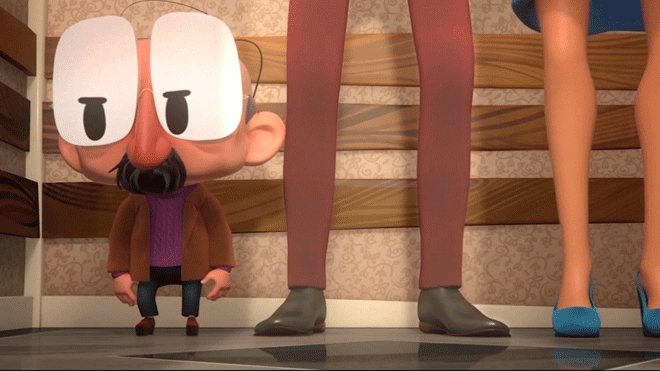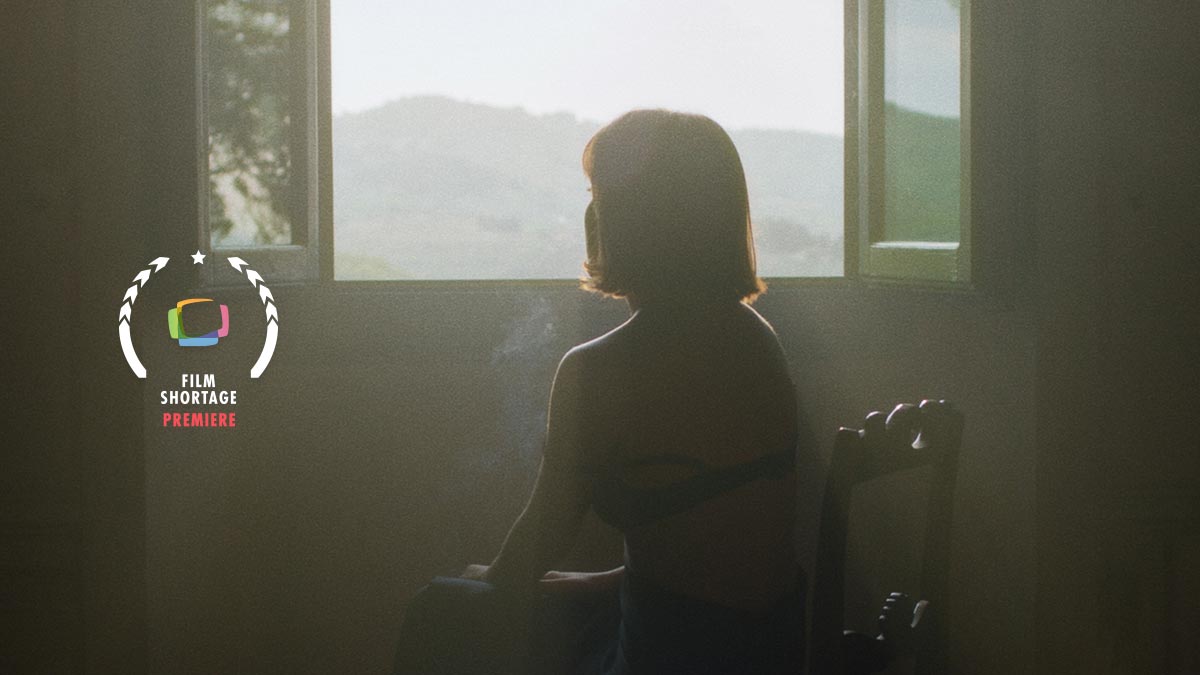A dying mother travels at near-light speed, bending time to watch her baby daughter grow up
Beautiful Dreamer is a sci-fi, time travel tale set in a striking near future world of drones, robots, holograms and transport pods. But it’s also a personal story. A mother, facing a terminal disease, leaves her baby daughter and travels into space at near-light speed. Using relativity, she is able to stretch her final two years over her daughter’s entire lifetime but is only able to visit her daughter for one night every seven years. The visits are sometimes sad and sometimes beautiful. The daughter reaches her own mother’s age and then passes far beyond that while the mother is left stranded at the same age she was when she first left. The characters are torn apart by the same technology that unites them – briefly – over a lifetime.
I was drawn to author Ken Liu’s “Memories of My Mother” because the story takes a “hard” science fiction premise (near-light speed travel and time dilation) and then explores the fallout of that on the lives of the central characters in an intimate, emotional way. The idea of time dilation is intriguing for people, perhaps because the flow of time is a defining condition of human life and the possibility of escaping or bending its inevitability is always seductive. In this film I wanted to question whether using technology (in this case time dilation) to escape one imperfect outcome actually created a better outcome for the characters.
David Gaddie showcases a striking vision of the future. While the film holds its share of drones and futuristic landscapes, they merely enhance the experience to what the future may be like on a more human and psychological level. With a strong science fiction setting, David never loses touch of the forefront emotional caption of the film. While the film nears the half hour mark, it manages to tell a rather deep story that seems fit for a feature length, without losing any important development traits. Certainly a film that bends time and will make us question our future dilemmas.
I decided to limit the story to the moments when a door is opened and closed to let the mother in or keep her out. This resulted in an episodic feel for the film, with the doors acting as chapter breaks denoting new time periods and moments in the relationship.
The film was shot over five days in early March in New York City and day one of the shoot coincided with the biggest snowstorm of the winter. This meant the characters, across the 80 years of the film, are always trapped in a moody, snow-bound landscape and a single season. This turned out to be a great metaphor for their emotional situation.




